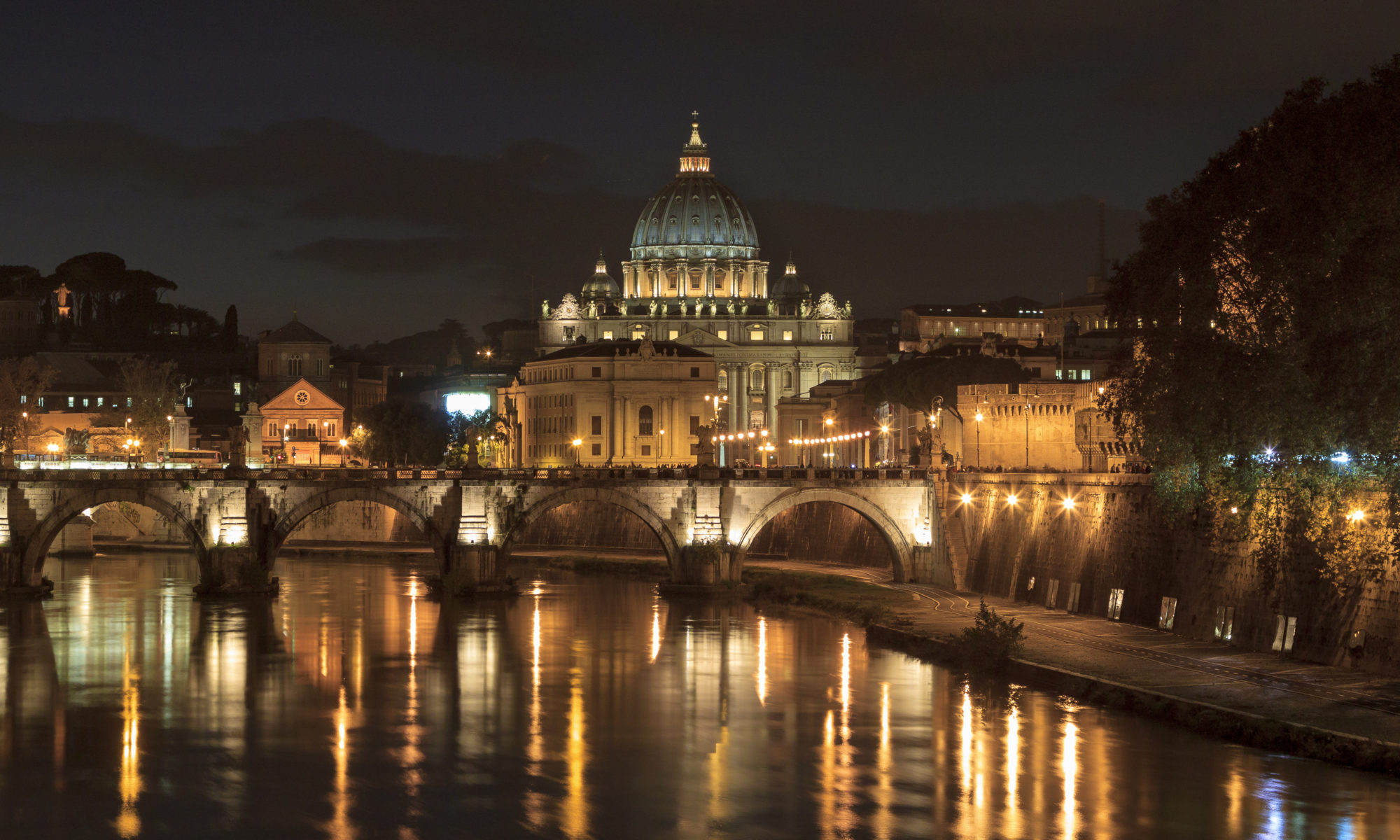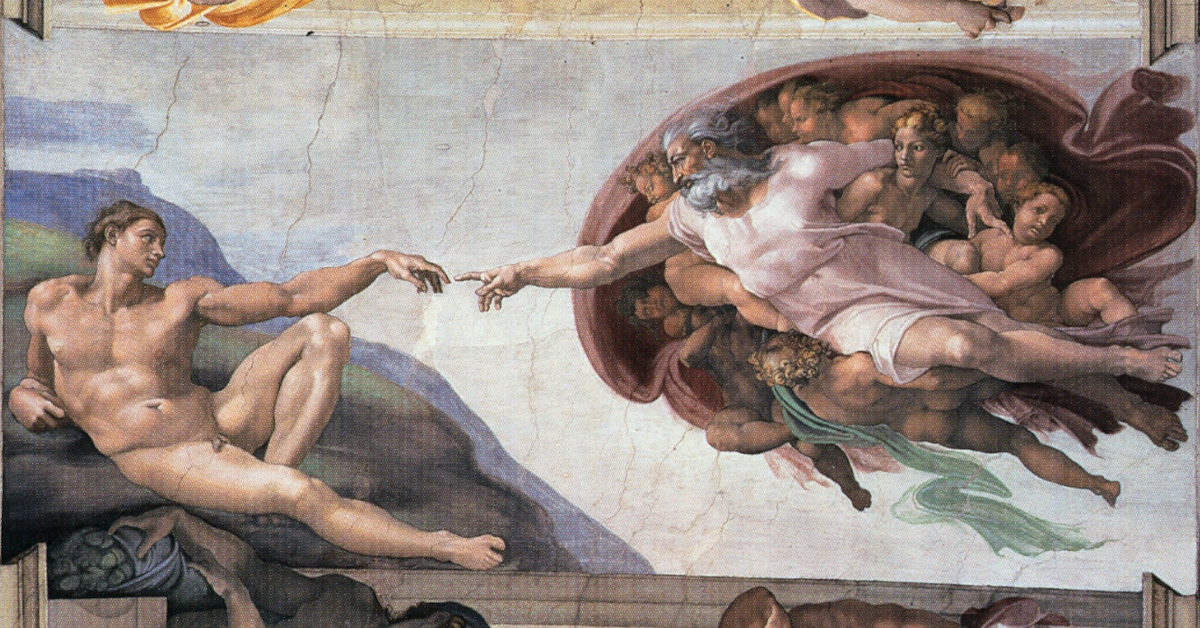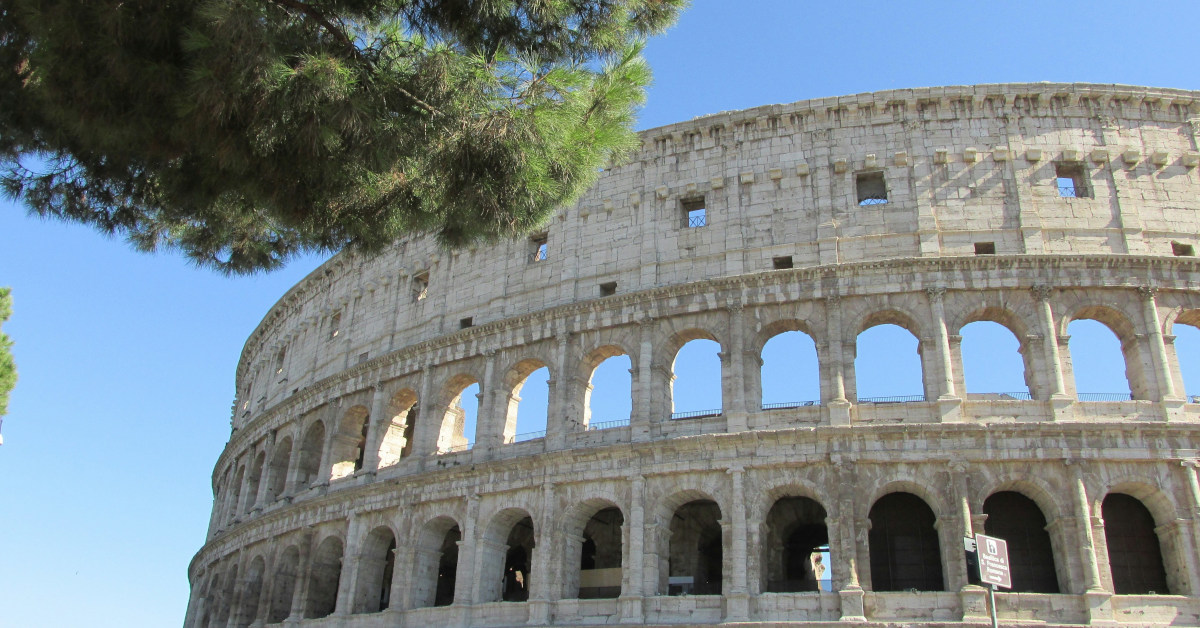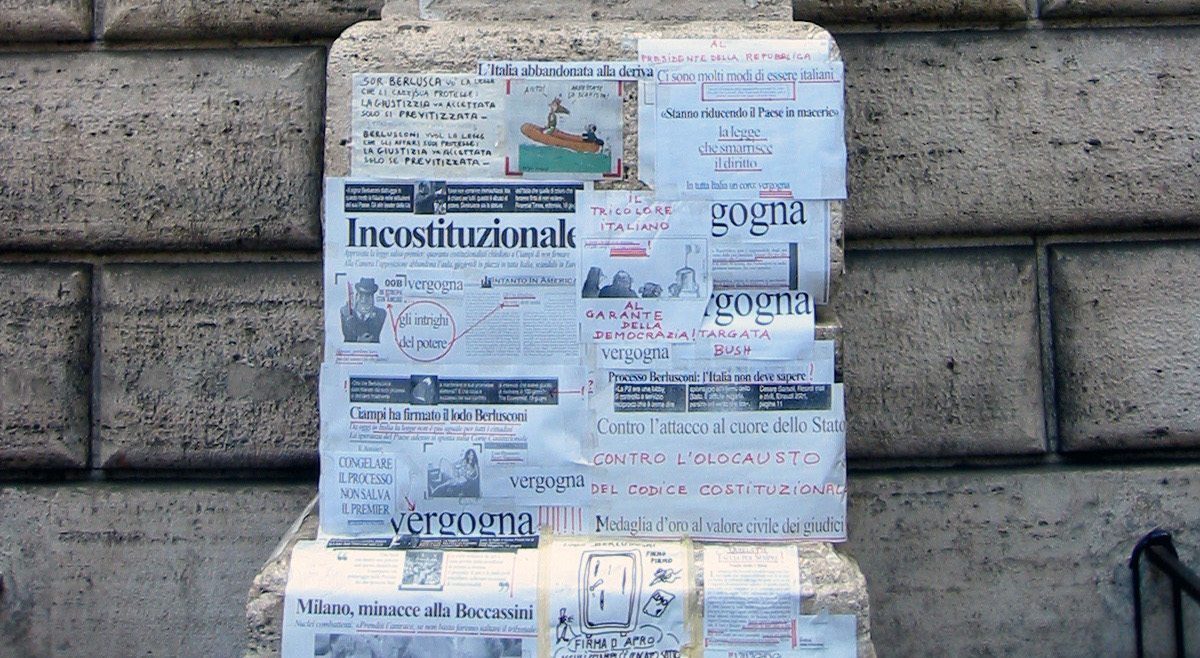The Vatican Museums: A Journey Through Centuries of Art and Faith
Scopri i Musei Vaticani — un emozionante viaggio tra arte, storia e spiritualità nel cuore di Roma. Dalla Cappella Sistina ai tesori meno conosciuti, vivi la bellezza senza tempo del Vaticano.
Discover the Vatican Museums — a breathtaking journey through art, history, and spirituality in the heart of Rome. From the Sistine Chapel to hidden treasures, explore the soul of centuries of beauty.
1. Un mondo dentro Roma
I Musei Vaticani non sono un semplice museo: sono un universo d’arte e cultura racchiuso tra le mura del più piccolo Stato del mondo.
Fondati nel 1506 da papa Giulio II, custodiscono secoli di capolavori raccolti, commissionati e tramandati dai pontefici.
Visitandoli, si attraversano oltre 7 chilometri di gallerie e cortili, tra marmi, affreschi e silenzi che raccontano l’anima di Roma e della cristianità.
1. A World Within Rome
The Vatican Museums are not just a museum — they’re a universe of art and culture enclosed within the smallest State in the world.
Founded in 1506 by Pope Julius II, they preserve centuries of masterpieces collected, commissioned, and passed down by Popes.
Visitors walk through over 7 kilometers of galleries and courtyards, surrounded by marble, frescoes, and silence — echoes of both Rome and faith.
2. Le origini – La visione di Giulio II
Tutto iniziò con una statua: il Laocoonte, scoperta sul colle Oppio.
Fu il primo nucleo della collezione papale, presto arricchito da opere classiche e rinascimentali.
Giulio II comprese che l’arte era un linguaggio universale, capace di parlare a credenti e non credenti.
Da allora, ogni pontefice ha contribuito a questo dialogo tra bellezza e fede.
2. Origins – The Vision of Julius II
It all began with a statue: Laocoön, unearthed on the Oppian Hill.
It became the cornerstone of the papal collection, soon expanded with classical and Renaissance works.
Pope Julius II understood that art is a universal language — one that speaks beyond belief.
Since then, every Pope has contributed to this dialogue between beauty and faith.
3. L’itinerario dei capolavori
Il percorso dei Musei Vaticani è un viaggio nella storia dell’umanità.
Dalla Galleria delle Carte Geografiche, con i suoi dettagliati affreschi seicenteschi, alle Stanze di Raffaello, dove la grazia incontra la teologia.
Fino alla maestosa Cappella Sistina, culmine di luce e spiritualità, dove Michelangelo dipinse l’eternità sul soffitto.
Ogni sala è una pagina viva della civiltà.
3. The Path of Masterpieces
The Vatican Museums are a journey through human history.
From the Gallery of Maps, with its detailed 16th-century frescoes, to the Raphael Rooms, where grace meets theology.
And finally, the Sistine Chapel — the summit of light and spirit, where Michelangelo painted eternity across the ceiling.
Every hall is a living page of civilization.
4. Tesori nascosti – I musei dentro il museo
Oltre ai capolavori più celebri, i Musei Vaticani custodiscono collezioni meno note ma straordinarie:
il Museo Gregoriano Egizio, con reperti di oltre tremila anni fa,
il Museo Etnologico Anima Mundi, dedicato alle culture del mondo,
e il Padiglione delle Carrozze, dove sono esposti i mezzi papali di ogni epoca.
Ogni sezione racconta una diversa dimensione del rapporto tra uomo, arte e fede.
4. Hidden Treasures – The Museums Within the Museum
Beyond the iconic masterpieces, the Vatican Museums hold lesser-known yet extraordinary collections:
the Gregorian Egyptian Museum, displaying relics from over three millennia ago,
the Ethnological Museum Anima Mundi, celebrating world cultures,
and the Carriage Pavilion, showcasing papal vehicles from across centuries.
Each collection reveals a different facet of humanity’s bond with art and faith.
5. Architettura e simbolismo
Il complesso dei Musei Vaticani si sviluppa intorno a cortili monumentali, scalinate elicoidali e sale che uniscono arte e armonia.
La celebre scala di Giuseppe Momo, con la sua spirale perfetta, rappresenta il cammino verso la conoscenza.
Ogni spazio invita alla contemplazione, ricordando che la bellezza non è solo da guardare — è da comprendere.
5. Architecture and Symbolism
The Vatican Museums’ architecture unfolds through monumental courtyards, helical staircases, and rooms that blend art and harmony.
The famous Momo staircase, with its perfect spiral, symbolizes the path toward knowledge.
Each space invites contemplation, reminding us that beauty is not only to be seen — but to be understood.
6. Visitare i Musei Vaticani oggi
Oggi i Musei Vaticani accolgono più di sei milioni di visitatori l’anno.
Per godere appieno dell’esperienza, il consiglio è di arrivare presto, o scegliere la visita serale quando i corridoi si fanno silenziosi.
È consigliato prenotare online per evitare le lunghe file.
E non dimenticare di uscire verso la Basilica di San Pietro, attraversando la maestosa Scala Regia: un passaggio che unisce arte e spiritualità.
6. Visiting the Vatican Museums Today
Today, the Vatican Museums welcome over six million visitors annually.
To truly enjoy the experience, arrive early or choose an evening visit, when the halls grow quiet.
Online booking is highly recommended to avoid long queues.
And don’t miss exiting toward St. Peter’s Basilica, through the majestic Scala Regia — a passage that unites art and spirit.
7. Curiosità e meraviglia
💡 Lo sapevi?
- Se visitassi ogni opera per un solo minuto, servirebbero più di 12 anni per vedere tutto!
- La Cappella Sistina è ancora oggi il luogo dove si riunisce il Conclave per eleggere il Papa.
- Il cortile della Pigna deve il nome a una gigantesca scultura in bronzo romano raffigurante… proprio una pigna!
7. Curiosities and Wonders
💡 Did you know?
- If you spent just one minute on each artwork, it would take over 12 years to see everything!
- The Sistine Chapel still hosts the Conclave where new Popes are elected.
- The Courtyard of the Pinecone takes its name from a huge ancient bronze sculpture… of a pinecone!
8. Conclusione – Dove la bellezza incontra l’eterno
Visitare i Musei Vaticani non significa solo ammirare l’arte: significa ascoltare il dialogo millenario tra fede e creatività umana.
Ogni sala è una preghiera in forma di colore, ogni statua un frammento d’infinito.
Nel silenzio della Cappella Sistina, si comprende che l’eternità non è lontana — è nelle mani dell’uomo che sa creare.
8. Conclusion – Where Beauty Meets the Eternal
Visiting the Vatican Museums isn’t just about admiring art — it’s about hearing the timeless dialogue between faith and human creativity.
Every hall is a prayer in color, every statue a fragment of the infinite.
In the silence of the Sistine Chapel, you realize that eternity isn’t distant — it lies within the human act of creation.




